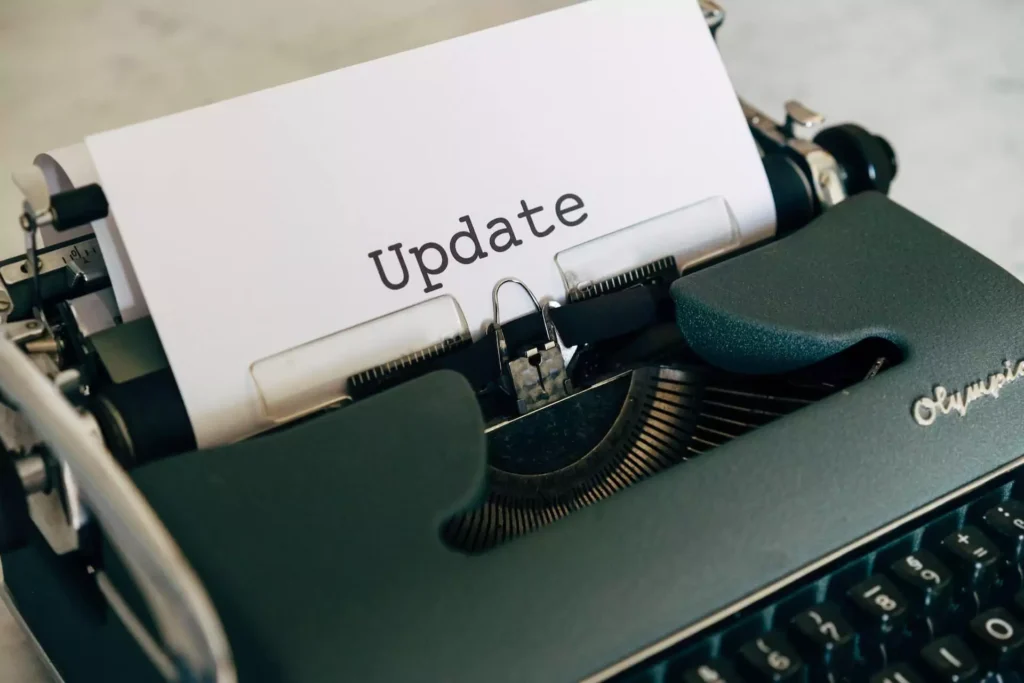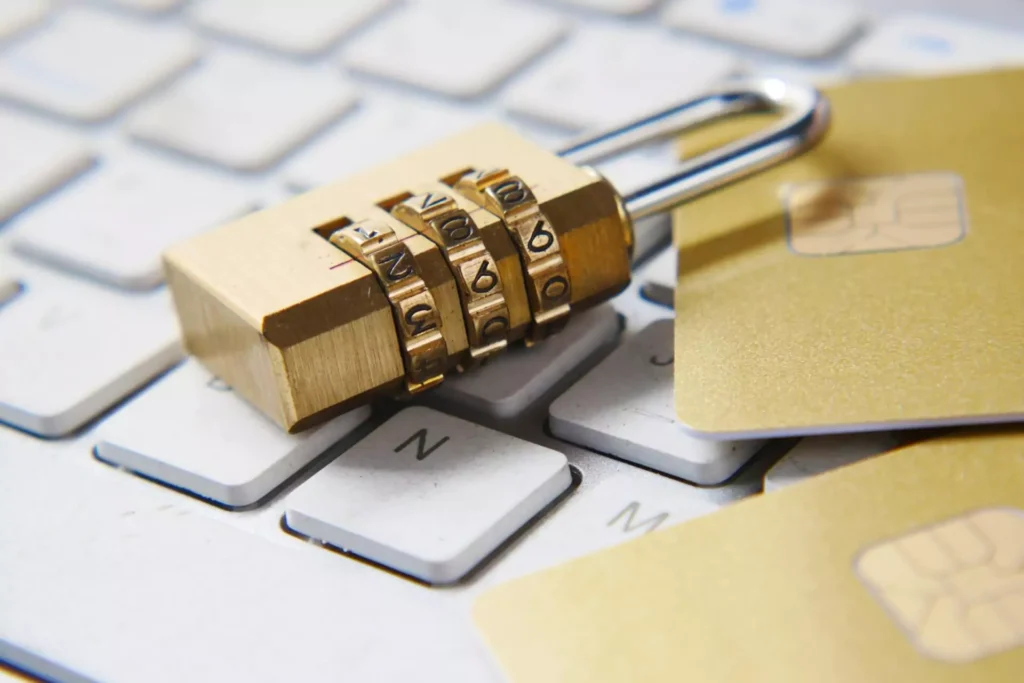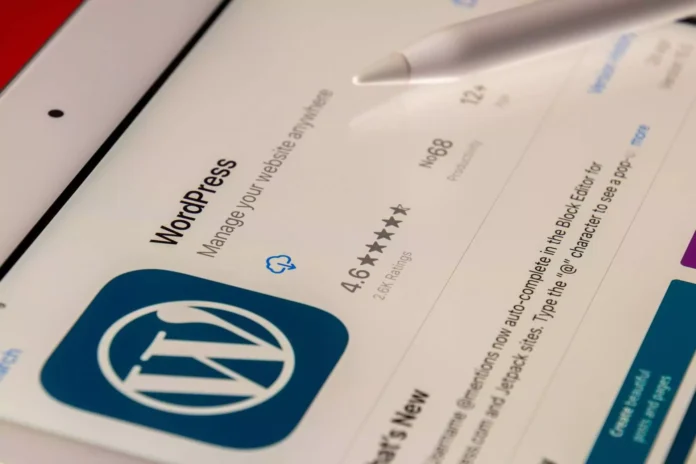Whether you’re a small business owner, a web developer, a design agency, or just a fan, there will always be security risks from hackers as long as you have a WordPress website.
The harsh truth is that hackers will always try to get into your website. Most of these attacks come from scripts that look for weak spots on the internet. Because these scripts aren’t made to target just one website, every website is a target.
We made this WordPress security guide for you so you can learn how to keep your website safe from security risks. And if you’re wondering if you need to know anything about technology to do this, you don’t.
Table of Contents
What does website security mean, and why does it matter?

Website security means keeping your site safe from hackers. Website security isn’t a one-time thing, just like keeping thieves away from valuable items. It’s part of managing your website and a process that never ends.
Security for your WordPress site must be updated often because security threats constantly change. If you don’t keep the security measures you’ve put in place up to date, they will eventually be too weak. (You won’t like that, trust us.)
But why do you need to improve the security of your website?Others thought that the goal of a hacking attack was always to steal money or information, but that’s not always the case. It might be:
- Do bad things or illegal things on the server.
- Use the site to do unlawful things. SEO
- Use the site’s visitors to your advantage
- Put in ransomware
- and a lot of others
If you care about your website, the only way to keep it safe from cyberattacks is to make it more secure. Check out the steps below to see how you can improve the security of your WordPress site.
Keep the WordPress program up to date.

WordPress is a free, open-source content management system that gets regular updates. Most of the time, you don’t have to worry about updating WordPress because WordPress installs updates automatically.
On the other hand, significant updates or releases must be done by hand. If you do this, your site could be protected because new updates usually fix known bugs in older versions of WordPress.
It’s easy to keep your WordPress software up to date. WordPress will usually let you know if there is a new major update and you still need to update yours. You can also check it to see if you have the most recent updates.
To do this, click “Updates” on the menu on the left, and you’ll see how the updates are going.
These changes to WordPress are significant. Ensure that your WordPress software and any plugins or themes you have installed are always up to date. They are essential to the security and stability of your website.
Use strong passwords

It’s tempting to use your birthday, “password,” or “1234” as the password. Having a lot of passwords that are hard to remember is complicated. If you want to avoid putting your WordPress site at risk, you have to use passwords that are hard to guess.
The 2017 Data Breach Investigations Report says that passwords cause 80% of hacking-related breaches. Most of the time, hackers try to take over a website by using passwords they have stolen.
“Brute force attacks” are one-way hackers try to get into a website. This is done by entering usernames and passwords until it finds the right combination and enters your website. The way this method works technically can also cause your website to crash.
That’s why you should make sure your passwords are strong. First, check to see that your passwords are:
- Not made up of simple passwords (like 123456789, qwerty, password, your birthday, your name, etc.)
- It is hard to guess, but easy to remember.
- Complicated because it has numbers, capital letters, and special characters
Use a password manager like LastPass if you want to make it easier. It’s free, and you only have to remember your master password instead of all your other passwords.
Set up backups for WordPress.
Another hard truth is that there is no 100% security for WordPress. You might have already done everything in this WordPress security tutorial and more. But your website could still have a significant security problem. (If this happens, you’ll be glad you made a copy of your website if something goes wrong.)
When you back up your WordPress site, you can quickly restore it and all of its files if it gets attacked. Also, if you have a copy of your WordPress site, you can reinstall it or fix any parts that have become corrupted.
There are two ways to back up a website technically:
- Using cPanel and PHPMyAdmin to back up manually
- Using WordPress backup plugins to back up automatically
Using backup plugins like UpdraftPlus to back up your site is more accessible. But you should still make backups by hand and store them on your local drive. A manual backup is easy, but you can only do it with one click. Check out our complete guide on how to back up a WordPress site.
Keep in mind that a WordPress backup is not the same as security. But it’s almost just as important. This is a backup plan in case something goes wrong with your website.
Pick a better website host.
There are different kinds of web hosting, such as shared hosting, VPS (Virtual Private Server) hosting, managed hosting, cloud hosting, etc. Shared hosting is the one that most people use.
Luckily, most of the most popular web hosting services take standard security precautions:
- Watching the network for any bad things to happen
- Keeping software and hardware for a network up-to-date
- Deploying tools against DDOS (Distributed Denial-of-Service) attacks
- And plans for a comeback
Cross-site contamination can happen on websites that use shared web hosting. With a shared web hosting plan, multiple websites use the same server’s resources. If one website gets hacked, there’s a good chance all the websites on that server will be broken into.
Using a managed WordPress hosting service is safe and saves time and money in the long run. When you use a managed WordPress hosting service, your website is safer because it has the following:
- Automatic updates to the core of WordPress
- Scheduled daily automatic back-ups
- Server-level caching that improves performance
- Better security on the site
Your website will be safer if you use a managed WordPress hosting service.
Use security plugins for WordPress.

One of the easiest, non-technical ways to keep your website safe from risks is to use WordPress security plugins. You only need to install and turn them on.
There are many security plugins, and many of them can be used for free. Some of them are:
- Integrity monitoring
- Attack and exploit trigger alerts
- Malware scanner
- Application malfunction detection
Sucuri, Wordfence, iThemes, and other plugins are some of the most popular. Also, if you’re willing to pay more, most of these plugins come with a web application firewall that blocks traffic from harmful sites.
You can leave these plugins running independently, but check for updates often and install them so you have the most recent security patches. When WordPress tells you there’s a new plugin version, you should check it immediately.
Install an SSL Certificate
Have you noticed that websites that use HTTPS (with an emphasis on the “S”) have a locked padlock icon in the address bar? If a site has an SSL certificate, the address bar will start with HTTPS.
An SSL (Secure Sockets Layer) certificate encrypts the data sent between the web server (host) and the web browser (the client). This protocol helps make sure that the information being sent and received won’t be stolen or intercepted.
Most browsers will warn users when they try to visit a site that isn’t SSL-certified. Instead of a locked padlock, you will see “Not secure” or sometimes a warning or error. This informs people that they shouldn’t put any information on the site because it could be hacked.
Getting an SSL certificate for your WordPress site is easy, which is good news. SSLs are free with most website hosting services and website builders. For example, all Wordify hosting plans have free SSL certificates set up automatically in less than two minutes. But if your hosting plan doesn’t have a free SSL certificate, you can get one from Let’s Encrypt, a non-profit group.
Watch out for file uploads.
If you let people upload files to your WordPress site, harmful files could be uploaded by people who want to harm them. So, these files could give these people access to your database, cause an existing file to be overwritten, or even cause your website to crash.
If you can, don’t let people upload anything to your site. Nevertheless, if you must, make sure to:
- Make an allowlist of the types of files you want to accept.
- Check the files you uploaded.
- Set a maximum file size
- Put an antivirus program to work on these files.
- Automatically change the names of the uploaded files
- Send the files to a folder not part of your website’s database.
You can also use a plugin like Protect Uploads to stop people from looking through your media directory. This plugin puts an index.php file at the root of the upload directory to hide it. It also creates a .htaccess file with a 403 error message (Forbidden Access).
You can use the WP Upload Restriction plugin to stop any file from being uploaded.
Use a two-factor authentication system.
Two-factor authentication is used by popular online services like Facebook and Gmail for a reason: to verify in real-time who is trying to log in by sending a password to another device, app, or email address.
Using the Two-Factor plugin is the best way to do this.
After you sign in, you’ll be asked to enter the code or password sent to your app, device, or email. With this, no one can use a fake email address to log in to your website.
Limit login attempts
By default, you can type in the wrong username and password as many times as you want without the website locking up. Because this is how it is set up by default, hackers may try thousands of combinations of usernames and passwords to get into your website.
This is easy to fix, which is good news. To limit logins on WordPress, you can use plugins like WPS Limit Login and WP Limit Login Attempts.
If you’re paying for a premium WordPress security plugin, you might already have a limited login and two-factor authentication feature.
Fix the security of your WordPress site right away.
You never know when someone will try to break into your website. It’s better to start getting ready as soon as you can. Again, there will always be security risks. Also, they will change as technology changes.
It will help if you keep updating your website’s security. Use a managed WordPress hosting service like Wordify to make it easier. So you’ll have less to worry about.



